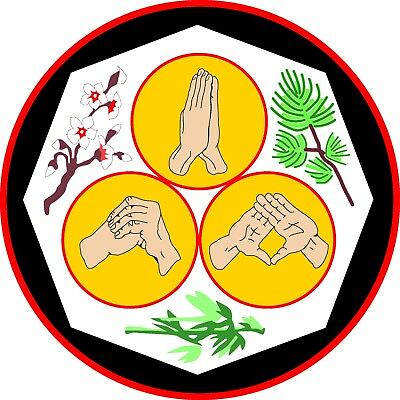- You are here:
- Home »
- Blog
Martial Art Tradition is experiments that works. The olds ways are the best ways.
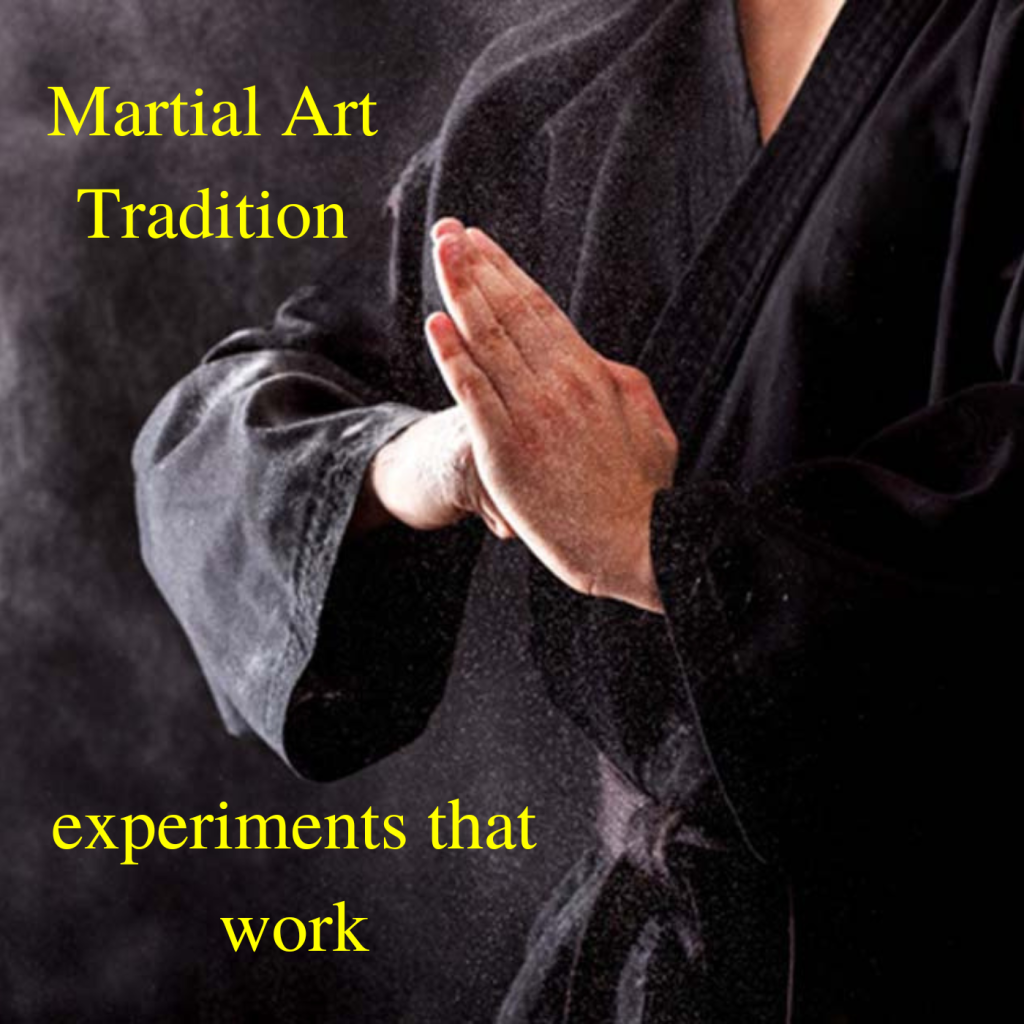
Martial Art Tradition. A holistic path of life. What does holistic mean? Holistic is an approach or philosophy that seeks to understand and address the whole of something, rather than focusing on its individual parts in isolation. This concept is often applied in various fields such as medicine, education, and environmentalism, emphasizing the interconnectedness and interdependence of all aspects within a system.
In holistic medicine, for example, the focus is on treating the entire person, including their physical, mental, emotional, and sometimes spiritual well-being, rather than just addressing specific symptoms or diseases. This approach considers lifestyle, environmental factors, and personal relationships as integral components of health and wellness.
Similarly, in education, a holistic approach would take into account not only the academic needs of students but also their emotional, social, and physical development, aiming to foster a well-rounded and fully developed individual.
Martial Art Tradition
Holistic thinking encourages a comprehensive view that acknowledges the complexity of systems and the importance of considering all factors to understand and address issues effectively.
Applying a holistic approach to martial arts study means embracing the practice not just as a physical discipline, but as a comprehensive system that nurtures the mind, body, and spirit. Here are several ways to integrate this philosophy into your martial arts journey:
- Physical Training with Awareness Technical Skill Development: Focus on mastering techniques, but with an emphasis on understanding the principles behind them, such as balance, leverage, and timing, rather than just rote repetition.
Body Conditioning: Include exercises that enhance flexibility, strength, and endurance, recognizing how these physical attributes support martial arts performance. - Mental and Emotional Growth. Mindfulness and Focus: Incorporate practices like meditation or breathing exercises to improve concentration, reduce stress, and enhance awareness during training and in daily life. Emotional Resilience: Use challenges encountered in training as opportunities to develop grit, patience, and emotional control, recognizing that martial arts is a path of personal development that extends beyond the dojo.
- Spiritual Exploration. Philosophical Understanding: Study the philosophical and ethical foundations of your martial art to appreciate its deeper spiritual values, such as respect, integrity, and harmony. Self-reflection: Regularly reflect on your training journey, your motivations, and how martial arts aligns with your personal values and life goals.
- Social and Environmental Connection. Community Engagement: Participate actively in the martial arts community, learning from others, sharing your experiences, and contributing to a supportive environment. Respect for Tradition and Environment: Honor the cultural heritage of your martial art and practice environmental stewardship, recognizing the connection between respecting your surroundings and the martial arts ethos.
- Integrated Learning and Application. Cross-Training: Engage in complementary practices (e.g., yoga, pilates, or other martial arts) to gain different perspectives and enhance your physical and mental agility. Real-World Application: Consider how the principles learned through martial arts apply to daily life, such as maintaining discipline, dealing with adversity, and respecting others.
Martial Art Tradition
By embracing a holistic approach to martial arts, you enrich your practice, making it a more meaningful and transformative journey that not only improves your technical prowess but also fosters personal growth and a deeper connection with the world around you.
Martial Art Tradition in training can indeed be considered holistic, especially when it integrates physical techniques with mental, spiritual, and emotional development. Many traditional martial arts systems inherently embrace a holistic philosophy, emphasizing a balanced development of the individual. Here’s how traditional martial arts often incorporate holistic elements:
Martial Art Tradition – Physical Development
Traditional martial arts focus on physical conditioning, technique mastery, and the development of skills that enhance the practitioner’s strength, flexibility, endurance, and coordination. This physical training is foundational but integrated with broader aspects of personal development.
Martial Art Tradition – Mental and Emotional Growth
Mental discipline, focus, and resilience are core components of traditional martial arts training. Practitioners learn to control their minds, manage stress, and maintain concentration under pressure. Emotional growth is fostered through the challenges faced during training, promoting patience, perseverance, and self-confidence.
Martial Art Tradition – Spiritual Exploration
Many traditional martial arts include a spiritual dimension that encourages practitioners to explore deeper aspects of self-awareness and existential understanding. This may involve meditation, breathing exercises, and the study of philosophical principles that underpin the martial art, such as harmony, respect, and the interconnection of all life.
Martial Art Tradition – Ethical and Moral Development
Traditional martial arts often emphasize the cultivation of virtues such as respect, integrity, humility, and compassion. Practitioners are encouraged to apply these principles in their daily lives, fostering a sense of moral responsibility and ethical conduct.
Martial Art Tradition – Social Connection
The sense of community and mutual respect among practitioners in a dojo (training hall) fosters social connections and supports the development of interpersonal skills. The training environment encourages learning from one another, sharing experiences, and supporting each other’s growth.
Martial Art Tradition – Connection to Tradition and Culture
Martial Art Tradition is deeply rooted in the cultures from which they originate, offering practitioners a connection to historical traditions, philosophies, and values. This cultural aspect enriches the practitioner’s understanding and appreciation of the martial art as more than just a set of physical techniques.
In summary, Martial Art Tradition in training is holistic in nature because it seeks to develop the practitioner not just physically but also mentally, spiritually, and emotionally, encouraging a balanced and integrated approach to personal growth. This comprehensive approach aligns with the holistic philosophy of nurturing the whole person within the context of their community and the larger world.
The statement “Tradition is experiments that work” captures a compelling perspective on the nature of tradition, especially in contexts like martial arts, medicine, and cultural practices. Essentially, this view suggests that traditions are not arbitrary customs but rather the culmination of practices, techniques, and principles that have been tested over time and have proven effective or valuable.
In the context of martial arts, for example, traditional techniques and training methods have been refined through generations of practice. These methods have survived and been passed down precisely because they have been effective in teaching self-defense, promoting physical and mental health, and fostering personal growth and community. The “experiments” in this context could be understood as the myriad practices developed and tested by martial artists over centuries; those that have worked—meaning they have successfully achieved their intended goals—become part of the tradition.
However, it’s important to recognize that the effectiveness of a tradition can be context-dependent. What works in one cultural, historical, or environmental setting might not work in another. Moreover, the definition of “works” can vary, encompassing practical effectiveness, cultural significance, or alignment with ethical or spiritual values.
While this perspective highlights the value in respecting and preserving traditions, it also implies the importance of continuous evaluation and adaptation. Just as successful experiments contribute to tradition, ongoing experimentation and adaptation ensure that traditions remain relevant and effective in meeting the needs of contemporary practitioners.
In conclusion, viewing Martial Art Tradition is “experiments that work” underscores the dynamic interplay between preservation and innovation. It respects the wisdom of the past while acknowledging the necessity for traditions to evolve in response to new challenges and understandings.
Thank you for visiting Kosho Ryu International. I also suggest learning about martial arts history. This link will help you!
Enroll NOW Kosho 5 Lesson Mini Course
Thank you for joining me here at Kosho Ryu International!
Have a wonderful day!
Yours in the arts,
Grand Master Art Mason
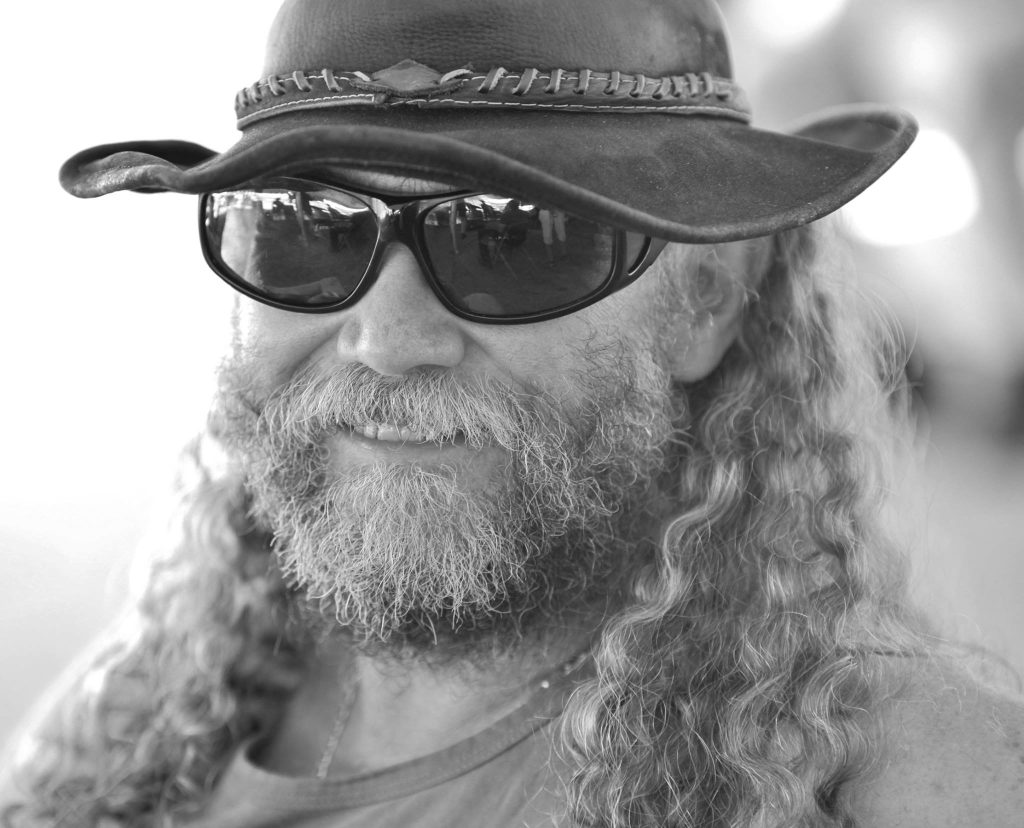
Many are called, but few are chosen. How to be chosen.
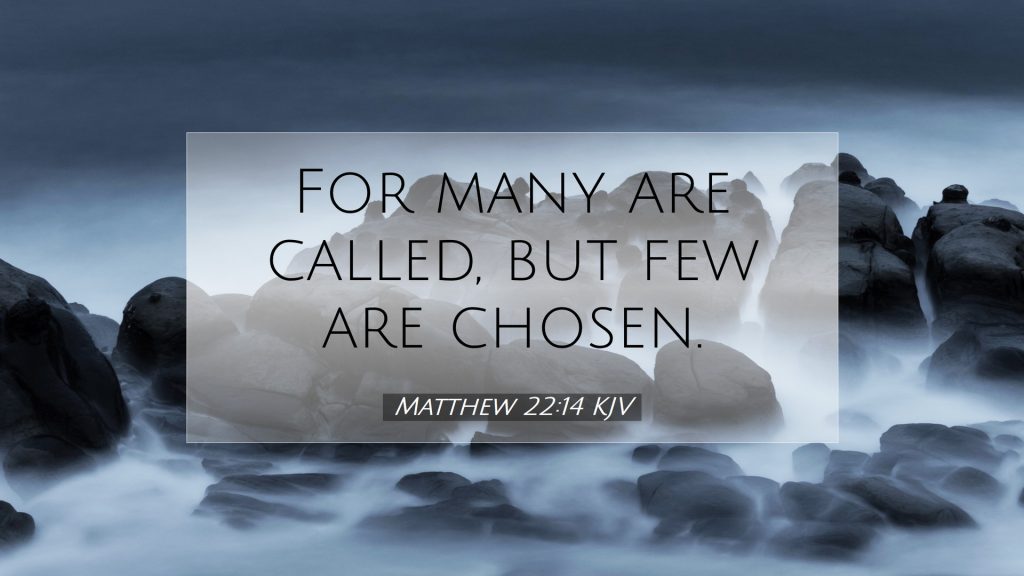
Many are called, but few are chosen. For nearly four decades, my journey through life has been intricately woven with the threads of martial arts. My dual roles as both practitioner and instructor have afforded me the profound privilege of mentoring over 10,000 students.
Amid this rewarding odyssey, I’ve encountered a troubling pattern: a significant falloff in student retention within our disciplines. This phenomenon evokes the timeless saying, “Many are called, but few are chosen.”
My transition from Canada to Romania was a pivotal moment, marked by the realization that many devoted students abandoned their training following my departure—except for a singular, resilient individual. This observation serves as a poignant reminder of the deep, lifelong dedication required by the martial arts journey.
Many are called, but few are chosen
In a world increasingly fractured by division, two distinct factions emerge: those entangled in harmful ideologies and those progressing towards enlightenment. Although our intentions to help the resistant might be noble, such endeavors often end in vain.
Yet, as martial artists and mentors, we are summoned to a grander purpose: to pave the way for the forthcoming era of rebuilding. This mission demands that we transcend the superficial view of martial arts as mere sport, highlighting instead its vital role in personal development and the cultivation of lasting values.
Many are called, but few are chosen
“To lead by example” transcends being a mere idiom; it’s a call to perpetual growth. A true “master” recognizes that their quest for knowledge is eternal. My dedication to this continual learning process is steadfast, and it will persist until my last breath.
For the past 24 years, my primary focus has been on Kosho Ryu, a martial art that represents the essence of my practice. My journey began with Hapkido, but it is in Kosho Ryu that I have found a boundless field of study. My approach to teaching is transparent and generous; I aim to share all that I learn without reservation or vanity, guided by the core values of faith, family, and homeland—Romania, in my case. The adage “Many are called, but few are chosen” resonates deeply with me, affirming my chosen path, one not for sale at any price, unlike the compromises often seen in political spheres.
Years ago, I encountered a troubled teenage girl, lost in the shadows of goth culture and under the care of Children’s Aid. Aware that her presence in my life might be fleeting, I dedicated myself to making a difference, however uncertain. And then, she vanished.
Many are called, but few are chosen
In June 2010, after a trip to Romania and my subsequent promotions of the Kyusho Jitsu Home Study course, I received an unexpected email from her. Years had passed, yet she reached out to share her transformative journey: securing a position at a Canadian bank, embracing yoga under a master in Bucharest, and developing a love for Romania.
This message was a profound affirmation of the impact we can make. It’s a testament to the reason we engage in this work: to foster change, to inspire growth, and to touch lives in meaningful ways. This is the essence of martial arts, the heart of teaching, and the soul of our mission to better the world one student at a time.
To navigate the path from being merely called to being truly chosen, I immerse every aspect of my life in the principles of Kosho Ryu. This ancient martial art does not confine itself to the dojo; rather, it permeates my very existence. Whether I am crafting a meal or delving into the complexities of the Romanian language, I approach these activities with the same discipline and mindfulness inherent to Kosho Ryu. This holistic approach underscores a fundamental truth: to ascend beyond the called and become the chosen, one must embrace a relentless pursuit of growth in both martial arts and life.
Abandon the illusion of omniscience. The belief that we have reached the zenith of knowledge is a formidable barrier to our development. Instead, dedicate yourself to rigorous study and training. Seek innovative methods to ignite the martial spirit within. This journey of discovery is not just about personal enlightenment; it is also about generosity of spirit. Knowledge is a treasure meant to be shared, not hoarded.
Adopt the mantle of a teacher, regardless of the scale. Your influence can transform lives, even if it begins with mentoring the troubled youth in your neighborhood. In teaching, we reinforce our own understanding and commit to a cycle of continuous learning and giving. This reciprocal relationship between teaching and learning not only deepens our mastery but also amplifies the impact of Kosho Ryu beyond the confines of traditional training spaces.
In Conclusion
To be chosen is to live a life where every action, every study, and every interaction is infused with the essence of your martial art. It is a commitment to perpetual growth, sharing wisdom, and fostering community. It is a journey marked by humility, perseverance, and the unwavering belief in the transformative power of martial arts. Embrace this path, and you will not only advance in Kosho Ryu but also elevate those around you, cultivating a legacy that transcends the physical bounds of martial arts.
If you have a few minutes please checkout my new eBook called “Kosho Ryu Harmony in Motion: The Essence of Martial Arts Mastery.”
Thank you and gave a great day!

Download Kosho Ryu: TaeKwonDo Revisited
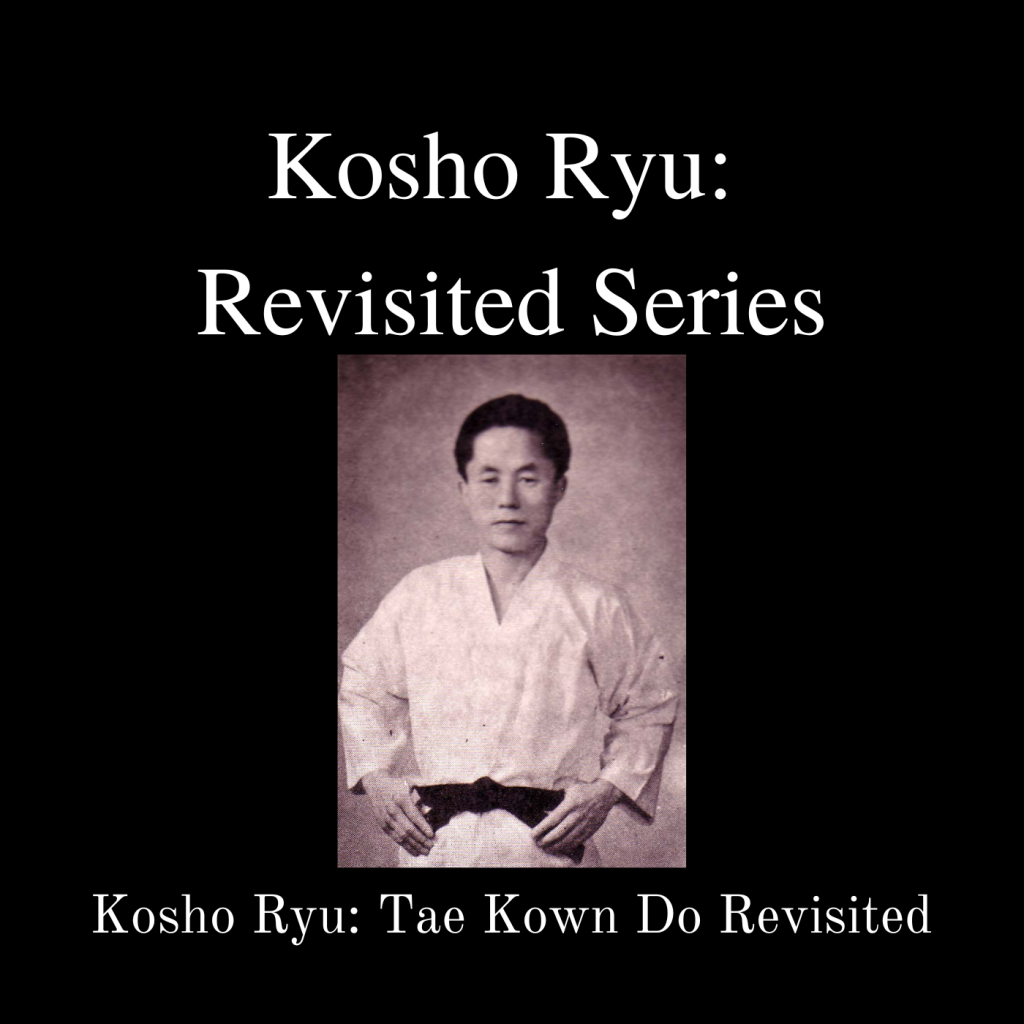
Thank you for your purchase of my Kosho Ryu: TaeKwonDo Revisited Video Course.
If you have issues with the download please visit my Support Site.
Download Kosho Ryu: Hapkido Revisited
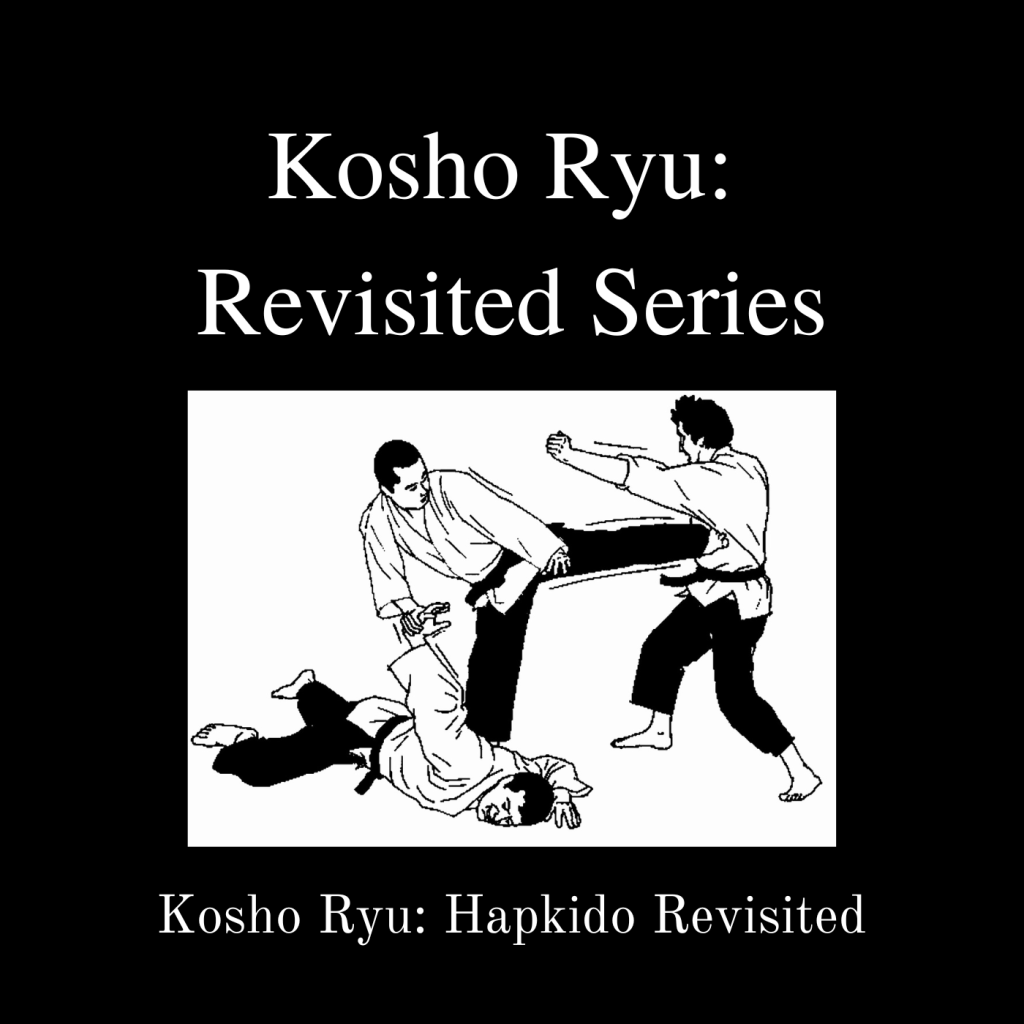
Thank you for your order of my Kosho Ryu: Hapkido Revisited.
If you have any download issues please visit my Support Site.
Download Kosho Ryu: Aikido Revisited
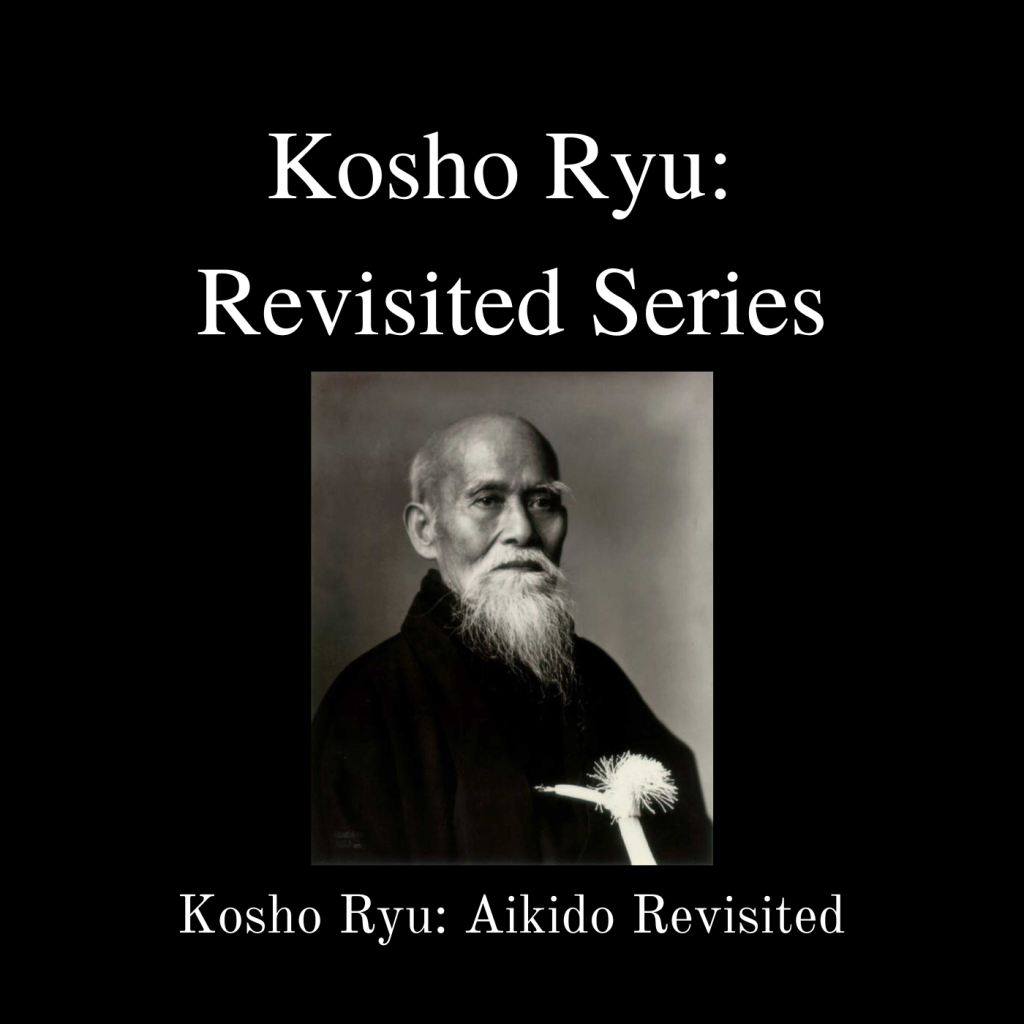
Thank you for your purchase of my Kosho Ryu: Aikido Revisited Video Course.
If you have any download issues please visit my Support Site.
Download Kosho Ryu Katana: The Art of the Sword
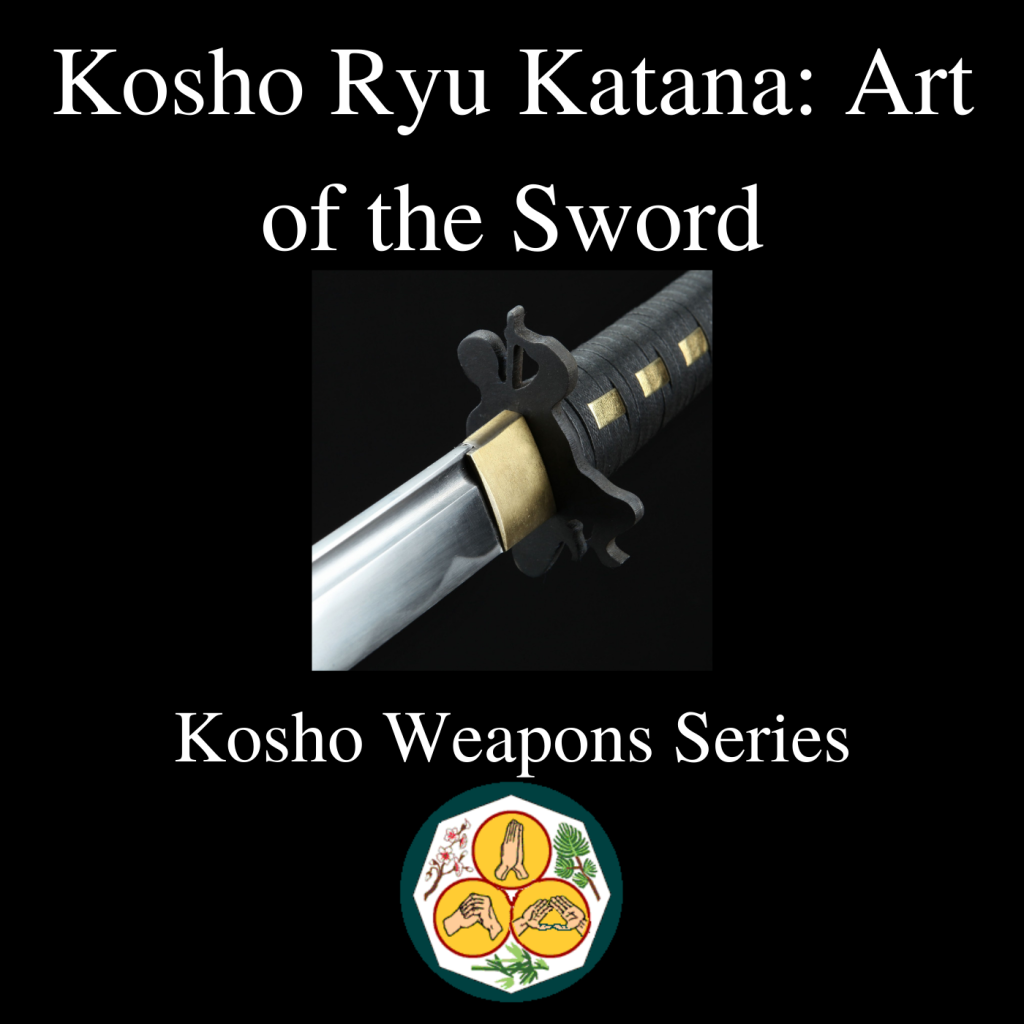
Thank you for your purchase of my Kosho Ryu Katana: The Art of the Sword. Part of the Kosho Ryu Weapons Series.
If you have any issues with the download please visit my Support Site.
